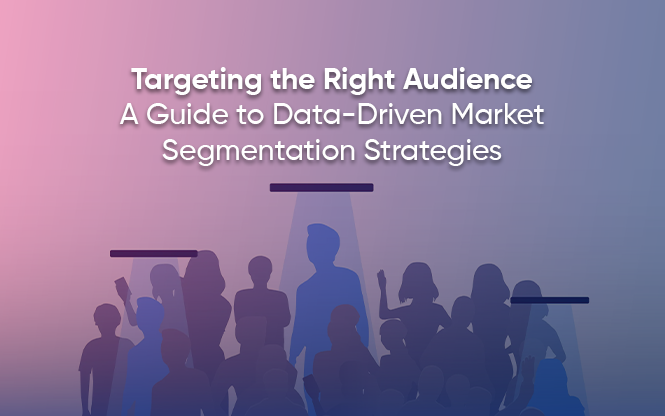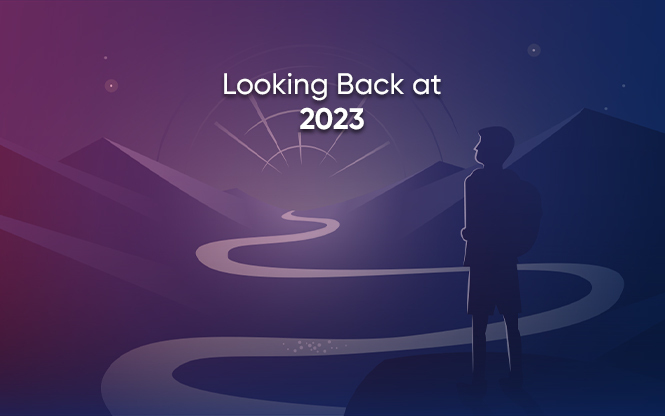
For some years now, experts and executives in the business world have been discussing whether market segmentation has already arrived to its dead end or still remains relevant. Some business executives, as big as former IBM CEO Ginni Rometty, argue that segmentation, as a marketing strategy, has become an obsolete idea, even though there are many benefits of segmentation.
So, what has prompted the theory of the demise of market, customer, or consumer segmentation? According to them, it is the arrival of Big Data and data-driven personalized customer services.
Has Big Data really made market segmentation redundant? The simple answer is “Not just yet”. As long as you will be conducting market research and as long as you will need to know the common attributes of your diverse customers for targeted marketing, you will be applying market segmentation techniques in your marketing strategies.
What is Market Segmentation?
Market segmentation is one of the most useful and practical strategies used in business planning and marketing. Segmentation is a process of dividing the market or consumers on the basis of commonalities and differences, and grouping them together on the basis of specific characteristics that are relevant to marketing, such as income, occupation and gender.
Market segmentation helps business to develop a good understanding of the current or potential market base on a broad spectrum, make plans targeting the customers with specific needs, interests, or preferences, and carry out marketing strategies in the focused and systematic ways. With segmentation, businesses explore and identify their unique opportunities in the market and concentrate their efforts on the prioritized segments.
In the words of Theodore Levitt:
If you’re not thinking segments, you are not thinking marketing.
Digital Data & Revitalization of Market Segmentation
Running a business is all about making informed strategies and taking calculated steps to have more and more people buy your products and stay loyal to your brands. To do this, you need to be consistently informed about the changing facts and figures of the market and feel the pulse of your customers!
Market or customer segmentation is the best practice available for effectively managing marketing and reaching out to the customers. However, without reliable data, you won’t be able to accomplish any of these goals.
If running a business is all about implementing effective market segmentation, segmentation is all about applying data for developing effective business plans and marketing strategies for effective delivery of products and services.
Because customers have varying needs, desires, preferences and priorities and because getting track of every individual customer to address their expectations is not always possible, businesses need to utilize their data for developing marketing insights. And then offer services, products, or solutions to the consumers on the basis of their common attributes. Hence there are many benefits of segmentation.
Benefits of Segmentation
#1. Increases Clarity
The first and foremost use of market segmentation is to develop clarity. After mining and cleansing your data, all you have is the most accurate and relevant information about the customers. Once you have the data ready, you can use this information to put the customers, who shares particular business-relevant attributes, together in a group.
The primary objective of segmentation is to remove the unimportant clutter of information and keep what is useful and actionable on your desk.
#2. Develops Consumer Insights
If “Know thy customers” has always been an oft-quoted mantra in marketing, it has become even more loaded with meanings in the digital era. Today, your customers are just a click away, expecting you to frequently pat them on their backs.
With clearly defined customer segmentation and contact profiling, you can know who your customers are, where they are, and what they need better.
#3. Improves Customer Engagement & Brand Loyalty
Customer engagement is one of the most important strategies to identify and, sometimes, even to influence the customers’ needs and interests. Customer behavior data collected from the social network sites, mass media, discussion platforms and purchasing history helps businesses to develop a psychographic segmentation of the customers and target marketing and ad campaigns to address their needs.
Engaging customers with communications and motivational offers has proved to be the most effective way of improving brand loyalty and customer retention in the age of e-business.
#4. Streamlines Mass Customization
Mass customization is a process of providing especially tailored products or services to fit the specific needs of the large number customers in the specific segments. The growing amount of clickstream and customer behavior data has helped businesses to apply more accurate customer segmentation, which has made the practice of mass customization more effective.
Mass customization significantly improves the level of customer satisfaction by helping your company to offer value-added and custom-tailored services to a large segment of customers.
#5. Optimizes Cost-efficiency & Resource Management
Market segmentation is an important tool for developing business intelligence and maintaining competitive advantage. It gives a deeper insight into the market and helps business firms to identify the segments of customers with greater profits and also allows them to carry out more targeted micromarketing.
All the top-notch companies make the best use of their data to implement precisely defined market segmentation in their marketing and service delivery.
#6. Grows Niches Marketing Capabilities
Data plays a mission-critical role in discovering the hidden dynamics of the market and in developing newer insights and marketing strategies. Using the market/customer data to systematically segment the market can help your business to discover the potential niche markets where you can maintain your lead and domination with a rapid customer conversion and market expansion.
Thus, the bowling pin strategy applied in niche marketing has helped many online businesses to grow rapidly. You can take amazon as an example.
#7. Promotes the Application of Business Data
These days, all businesses, regardless of their size and scale, generate business data and have access to data across the industries. Companies today have the advantage of using both the a priori and post hoc methods in market segmentation. Moreover, you can also use data visualization and cluster analysis techniques to improve the process of customer segmentation.
#8. Enhances Reliable Assessment
Segmentation of the big market of customers into the small chunks not only makes customer service and marketing efforts more manageable, it also makes it easier for you to measure the success of the segment-specific projects, policies, and strategies measurable.
The growing access to multi-platform real-time data has helped businesses to study and assess their market penetration and performance and reorient their marketing policies or re-segment the targeted customers.
#9. Maintains Freshness
It would be misleading to presume that customers who fall into a group or subgroup of segmentation stay there forever. Additionally, in this digital era, customers are bombarded with information, which continuously influences their preferences and priorities, increasing their mobility across the segments.
Data-driven market segmentation heavily relies on the accuracy of the customer profiles with the new information on the regular basis. It helps your business to deal with your customers with up-to-date information.
#10. Keeps Focused & Goal-oriented
The whole purpose of market segmentation is to know the customers better, and to carter to their needs in an effective manner. Hence, data provides the very precise and accurate customer insights and helps you to stay focus and targeted.
Grepsr’s Involvement in Market Segmentation
Grepsr has been working with its global clients in developing their segmentation strategies by aggregating, cleansing, and standardizing the data they need. We have been working specifically in the areas of managing geo-demographic and geo-spatial (state, ZIP, city size, rural and urban) data, and the geography-specific variables that are crucial for determining geographic and neighborhood segments, and for taking informed business decisions.
In our experience, the implications of market segmentation are ever-growing mainly due to the growth of digital data and the advancement of tools and technologies to tap data in real-time.









